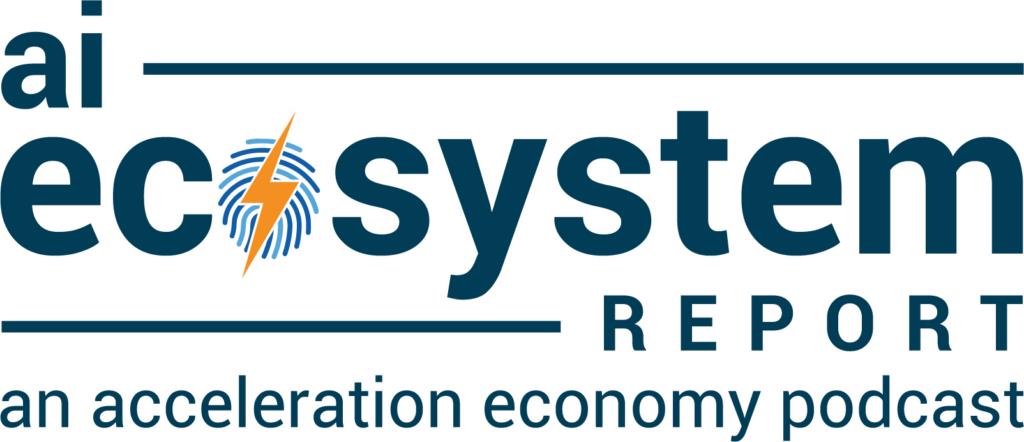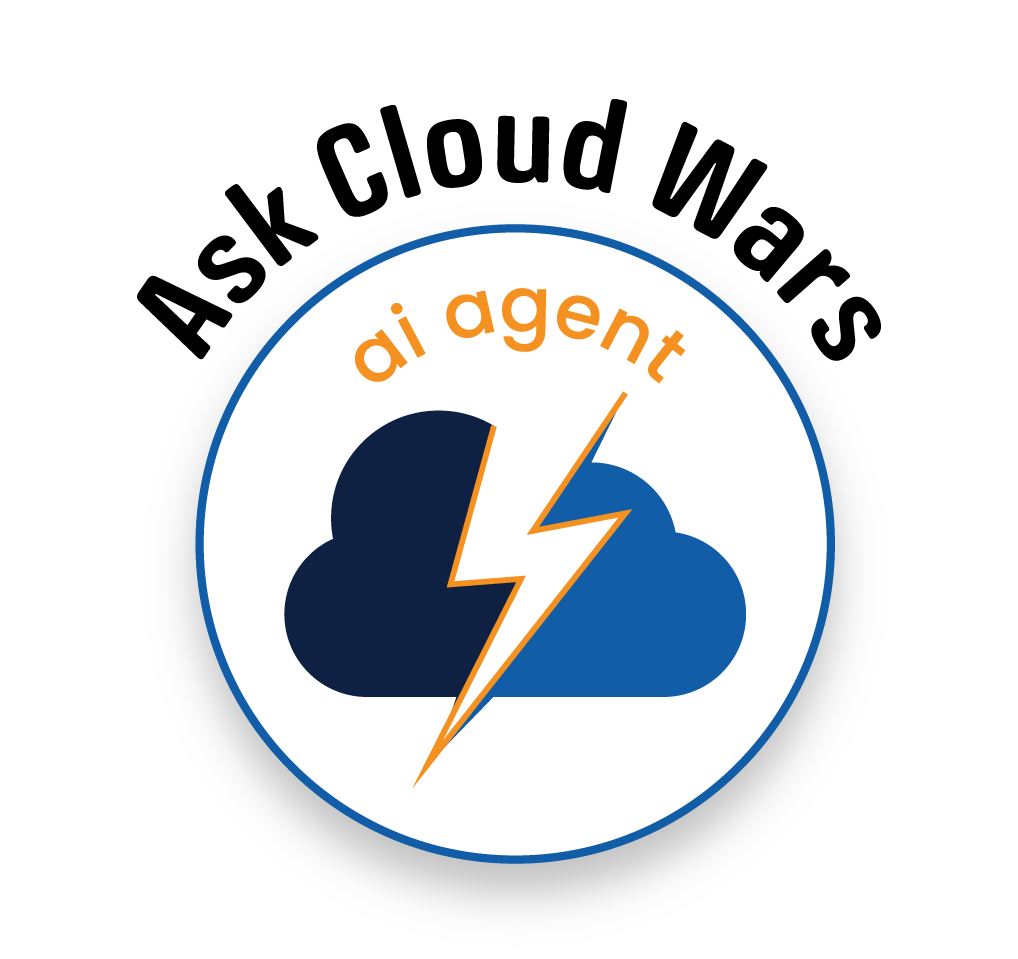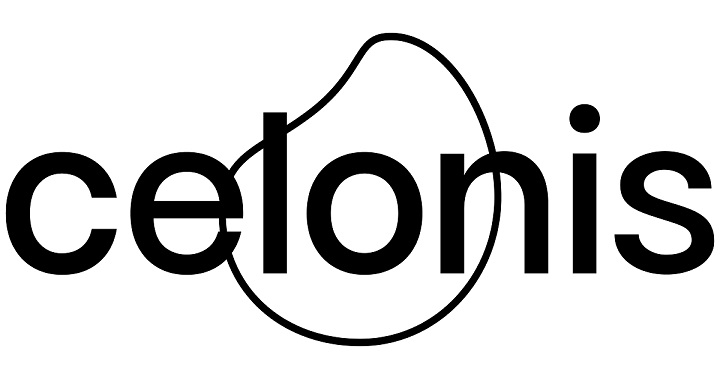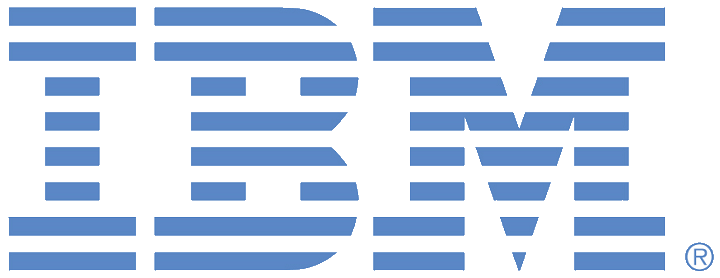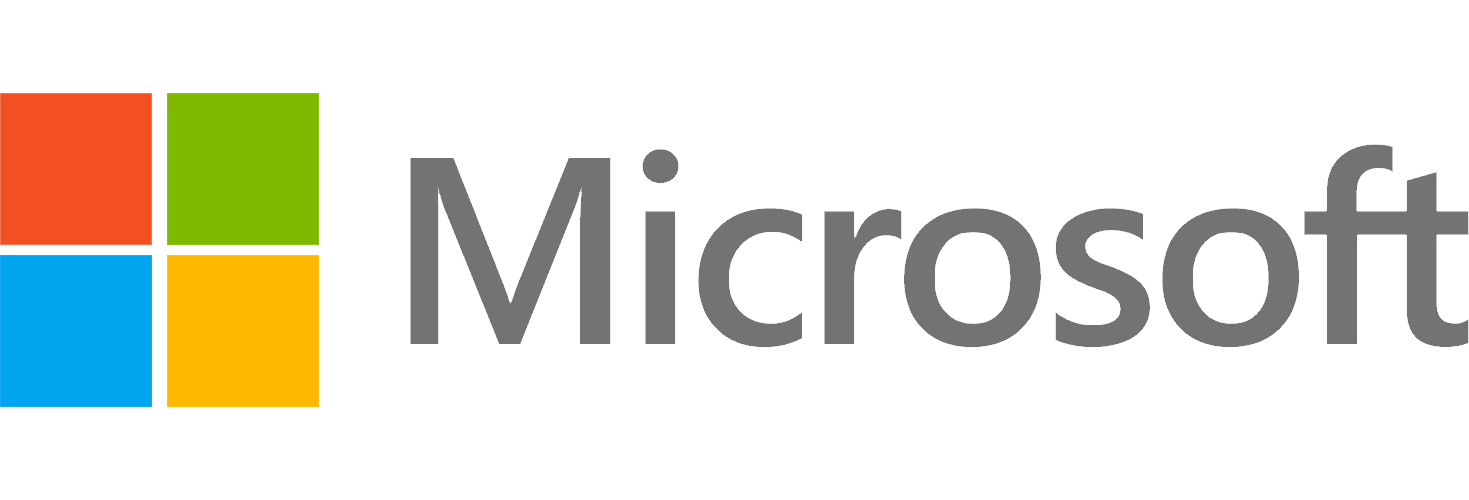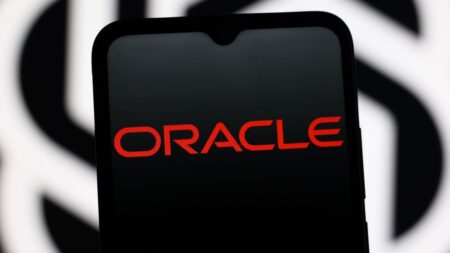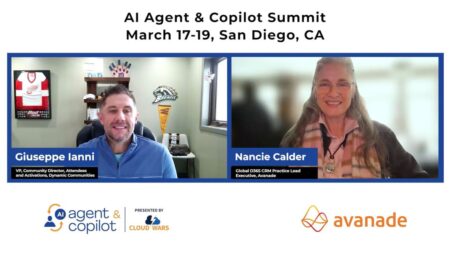In the hype surrounding generative AI over the past 15 or so months, it’s been possible to overlook hot software sectors that continue to deliver major business impact for customers.
One of those sectors that should not be overlooked is process mining. Analysts continue to anticipate powerful growth in this market; several firms forecast process mining revenue to top $10 billion by 2030, and virtually all forecasts project annual growth of over 40%.
Process mining analyzes processes, identifies strengths and weaknesses, and makes recommendations on how to improve those processes. The market’s growing explosively because many of the world’s largest companies use process mining, and it’s not uncommon for those companies to report savings in the hundreds of millions of dollars in aggregate. C-level executives — beyond the heads of IT and finance — tout its benefits.
In 2023, process mining platforms took significant strides in extending their reach and impact. Historically, they started in “core” or back-office financial functions such as accounts payable and order to cash. They continue to deliver value in these use cases but increasingly are being used to optimize complex migrations of systems to the cloud, fine-tune customer-facing functions such as claims management, and guide automation projects.
Ask Cloud Wars AI Agent about this analysis
Process mining’s impact isn’t limited to the four walls of a company: the software enables deep analysis of processes between companies (think supply chains) to identify where things aren’t working – where a given process breaks down and incurs costs, or where it could operate better and create new revenue opportunities.
Our coverage to date has focused primarily on five leaders in this market: Apromore, Celonis, Mindzie, SAP Signavio, and UiPath.
In this analysis, we’re broadening that coverage with insights into five products we haven’t previously analyzed for Acceleration Economy’s audience. In all, these five products, plus the five we’ve covered extensively before and several other entrants in this market can deliver measurable value across a range of industries, use cases, and business objectives.
Abbyy Timeline
Timeline is Abbyy’s entrant in the process mining market; the company emphasizes the synergy between what it calls “process intelligence” and its Intelligent Document Processing technology. Timeline was acquired by Abbyy in 2019. The company is over 30 years old, with a long history of leveraging machine learning (ML) and artificial intelligence (AI).
Many process mining systems focus on evaluating transactional events stored in system logs, but Timeline is differentiated by its ability to mine and analyze unstructured data, says Abbyy Executive Vice President Scott Opitz.

That is particularly true in “case management” applications such as healthcare records and insurance claims processing, Opitz says, where unstructured data in documents memorializes customer interactions. Customers leverage the combination of Abbyy’s process intelligence and document processing technology to support these applications.
“The reality is that sometimes some of the most valuable pearls of information are actually in the data payload that’s being carried along with that process as it executes,” and that payload is often contained within documents that are not as structured as transactional events. “We optimized for the chaos,” Opitz says.
Abbyy describes five “pillars” of process intelligence that align with its product functionality: discovery, analysis, monitoring, prediction, and simulation. Simulation in this context refers to the ability to create a digital twin of a process.
The company also provides task mining functionality to track how processes are working at their most granular level: at the employee’s desktop. Its task mining functionality will receive significant upgrades in 2024, Opitz says.
IBM Process Mining
When the Los Angeles Department of Water and Power tapped IBM Process Mining to help transform its customer service operations, it was able to reduce service complaints by 25% while redeploying 150 employees to higher-value tasks.
“If the number of complaints gets reduced, you just don’t need to set up all the administration around handling that complaint,” says Parul Mishra, vice president, product management for Digital Labor at IBM. Digital Labor refers to IBM’s strategy to bring AI and automation together.
Of course, any large organization that can redeploy 150 people into more strategic functions has delivered a major win.

IBM’s process mining technology identifies strengths and weaknesses in a process — as the Los Angeles utility did — but it can also deliver strong value by functioning as “the navigation system” for enterprise automation projects, Mishra says. In that context, it can be tapped to optimize strategic transformation projects that drive efficiency and cost savings on an enterprise scale. Process mining can help customers when they struggle to determine where to start and how to direct their transformation efforts.
IBM Process Mining builds upon the company’s April 2021 acquisition of the Italian process mining firm myInvenio and process mining is now a core component of the Watsonx Orchestrate AI software line. IBM’s lineup also supports task mining, automation, and other functions that complement process mining. The company differentiates from some competitors that are infusing AI into process mining because it has a long-established AI platform in Watson, Mishra says: “IBM is an AI company.”
IBM also brings to bear a diverse set of process mining functional applications — some leveraging the expertise of IBM Consulting — ranging from service management to software development to mortgage lending and even order-to-cash management.
Looking to future enhancements and use cases, Mishra said she expects to see more dynamic automations driven by AI assistants or copilots. These will be more sophisticated than static automations that have traditionally been used by customers and may remain the same for years. Process mining is well-positioned to support such dynamic automations.
Mehrwerk mpmX
Mehrwerk started as a business intelligence solution provider that, among other services, resold the Qlik analytics platform to customers.
The company eventually identified the need for process mining software and decided to build upon Qlik’s multidimensional in-memory database that can create associations between objects in the database — a key benefit when monitoring processes on an end-to-end basis.

The company’s mpmX Process Mining technology delivers fast time to value, typically beginning to show results within 20 days, according to Constantin Wehmschulte, CEO of Germany-based Mehrwerk.
Robust dashboard functionality enables customers to effectively track traditional KPIs as well as what Mehrwerk calls Process Performance Indicators. Examples of PPIs include lead times, automation rates, and rates of conformance with target or optimized processes.
“The business value in process mining is when you combine it with KPIs,” Wehmschulte says. “Only when you see if a process variant or automation rate has a significant impact on the key results in your company can you really take the action to optimize the process in the right way.”
To that end, Mehrwerk offers its own workflow automation capabilities in the form of software bots that can act upon insights from its process mining or task mining software but also takes an API-centric approach to its platform. This means customers can use their choice of automation platforms, including from prominent vendors such as UiPath.
The company offered bot functionality prior to the availability of generative AI, but is now leveraging a process-centric Large Language Model that users can query using natural language. “We train for specific process mining requirements and we have really good results in forecasting the next step of a process, when it will occur and that allows us to send notifications to users like, ‘hey, you should take care of this process’,” Wehmschulte says.
Mehrwerk’s mpmX is deployed broadly across industries, but a couple of highlights include factory floor digital twins that can compare process models to the way a process is physically orchestrated in factories. Others include banking, where it’s used for compliance in applications such as Know Your Customer and new-customer onboarding.
Microsoft Power Automate Process Mining
Microsoft purchased the process mining developer Minit in a deal announced in March 2022. The company has combined Minit’s technology with its own task-mining software and branded that as Power Automate Process Mining.
While Microsoft customers are looking to evaluate and optimize many of the same applications as the customers of other process mining firms (procure to pay, order to cash), they’re also looking to understand how work is happening within their companies — which includes within departments, across departments, and across multi-company supply chains.
Customers aim to create digital twins of processes and use those digital twins to make informed technology investment decisions around the latest technologies, says Justin Graham, general manager, process insights at Microsoft.

“Since the generative AI wave hit, we’ve had a lot of customers asking us for assistance in helping them understand what’s happening in their company and in their processes so they know the best places to deploy generative AI,” as well as other technologies such as automation, low-code apps, copilots and more, Graham says.
Microsoft differentiates itself from other process mining systems because of the breadth of its application suite which includes Power Automate for automation, Power Apps for low-code apps, Power BI for visualization, various AI Copilots, and more — so customers can acquire a wide range of technology functions from a single source, Graham says.
The company has a process mining copilot in public preview at the time of this analysis and that copilot integrates with other Microsoft copilots to allow any business user with the correct permissions to interrogate what’s happening in processes; if action needs to be taken, customers can do so using copilot prompts.
“We’re really trying to democratize access to the intelligence and analysis from process understanding to a maximum of business users so they can make use of that to make their jobs more efficient,” Graham says.
ServiceNow Process Mining
ServiceNow announced in December it acquired the task mining firm UltimateSuite of the Czech Republic to build upon process mining functionality in the company’s Now workflow automation platform. Native integration with the widely used ServiceNow platform was already a competitive differentiator vs. other process mining platforms, some of which also are used alongside the ServiceNow platform.

With the Ultimate Suite acquisition, ServiceNow aims to address use cases where customers are working “outside” the ServiceNow platform, such as SAP or Oracle ERP systems, says Eric Schroeder, vice president of NowX product management of ServiceNow, in an interview at the time of the acquisition. “That’s a blind spot,” he says. “That’s why we started taking a look at task mining.”
UltimateSuite’s task-mining technology provides insights to streamline repetitive work and identify automation opportunities. With predictive analysis and actionable prompts, UltimateSuite provides operational intelligence that enables customers to both accelerate digital transformation initiatives and enhance experiences for their employees.
Common UltimateSuite applications include call centers, bank customer service, and loan processing, Schroeder says. It can be challenging to optimize processes and systems in these functions because they operate across multiple, non-consolidated systems, so the UltimateSuite acquisition is intended to help customers address those scenarios. UltimateSuite uses ML to understand tasks and applications on an end-to-end basis, Schroeder says.
“The obvious value that we have is our understanding of the workflows that people automate on the ServiceNow platform,” Schroeder says, including IT service management, customer service management, and human resources. “Staying close to our core workflows and optimizing those workflows for our customers is going to be the most obvious point that we would start from” with UltimateSuite technology.
ServiceNow tested the UltimateSuite technology internally and it delivered strong results, creating optimism for a smooth, impactful integration with its process mining software. “We think in no time we’ll be able to deliver great value to our customers,” Schroeder says.



